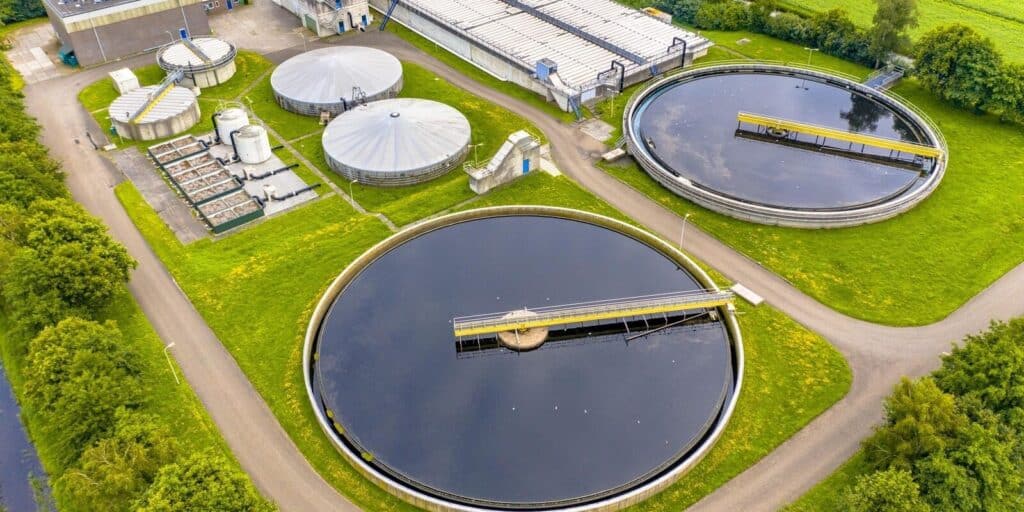Clean water is an integral part of a thriving community and environment. Without updated water and wastewater treatment systems, human and environmental safety is challenged. Financing new infrastructure projects can often be a roadblock for small communities. This blog will introduce capital improvement planning (CIP) and financing advice for small community water and wastewater systems by providing methods and procedures for initiating the process.

The Planning Process
The capital improvement plan (CIP) consists of identifying the equipment and projects needed in communities and prioritizing the items based on environmental, social, and economic factors. A rule of thumb for small communities would be to include those items that are an investment for the future and have a cost of $10,000 or more. Once the major equipment and improvement projects are identified and detailed cost estimates have been secured, they need to be prioritized in terms of their criticality to the system and community as a whole.
Health and safety for humans and the environment, as well as financial factors must be considered in the decision-making process. Contaminated water can pose a threat to communities and the environment. Humans and ecology can be exposed to undesirable irritants and potentially acquire communicable diseases from polluted waters. Community health and safety is a priority and the environment that serves these communities must be protected and preserved. Once the considerations for the community health, environment, and safety have been considered and prioritized, then the cost, affordability, and availability of funds can be addressed. Costs can be optimized and financing can be addressed through the CIP budget process.
The Budget Process
The CIP can bridge the gap between the planning process and the budget process. The budget process sets the rates for the utility services in the upcoming year. The CIP is a plan for the next five years or more. The funding for the future improvements should be listed for each item in the CIP. The listing states the expected funding source for each item. There are many possible funding opportunities, so the most realistic expectation should be listed for each item in the CIP. Examples of funding sources are as follows: cash reserves, repair and replacement reserves, bank loans, bonds (General Obligation, Limited General Obligation, Special Assessment, and Revenue), State Revolving Fund Loan/Grant, USDA Rural Development Loan/Grant, Community Development Block Grant, Economic Development Administration Grant, or other state or federal grants.
The CIP should be adopted by the governing body of the community and will become the guiding document for the following year’s budget as well as future years’ planning. The CIP should be reviewed and updated annually.

